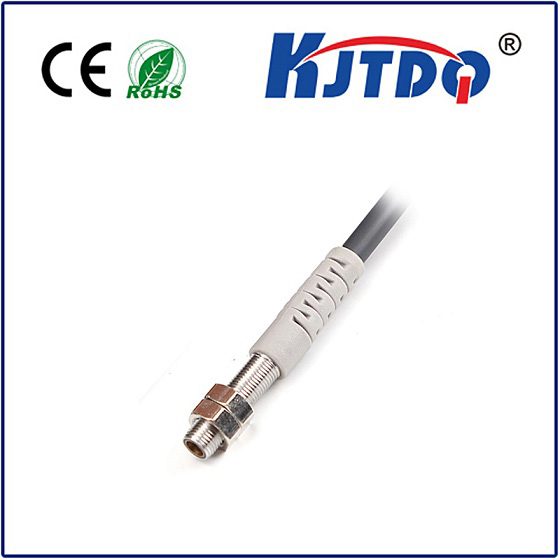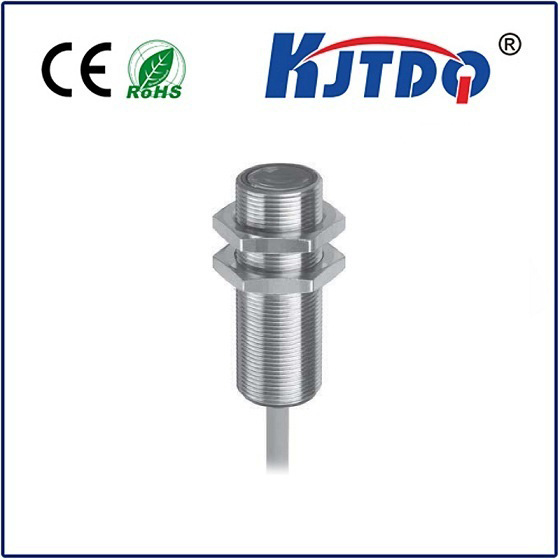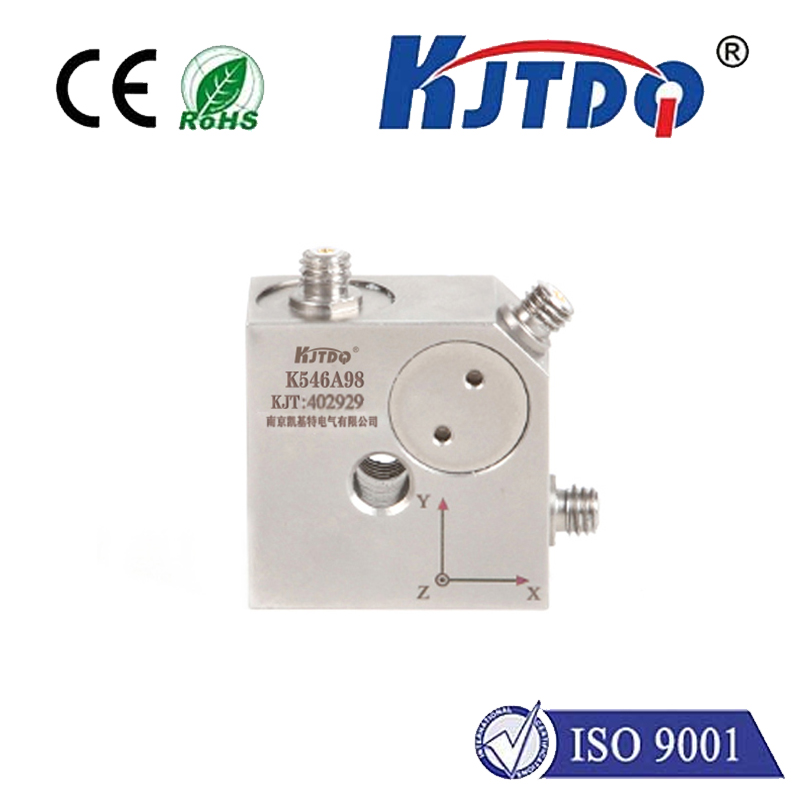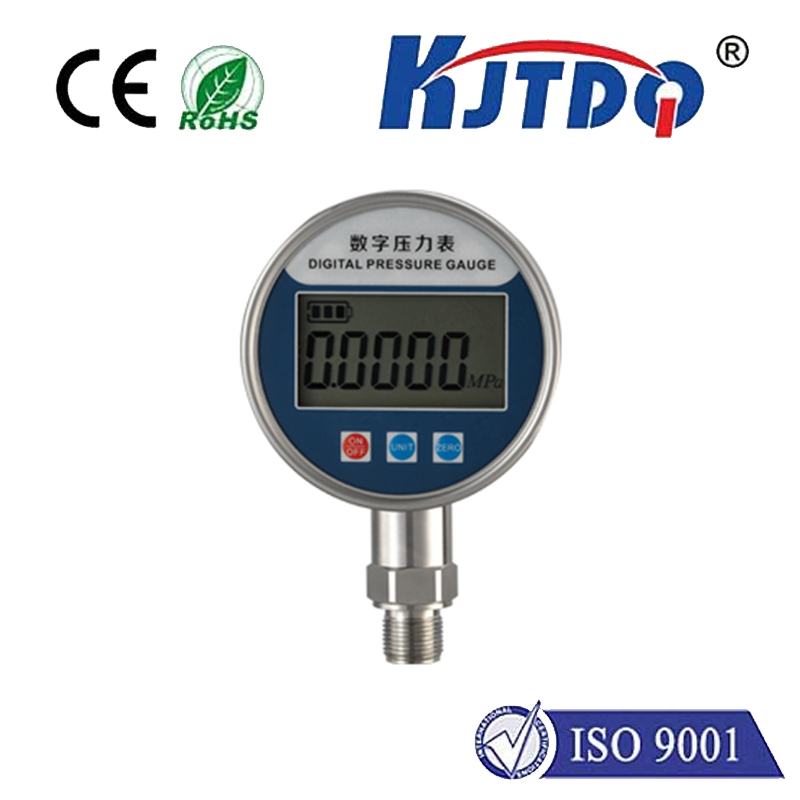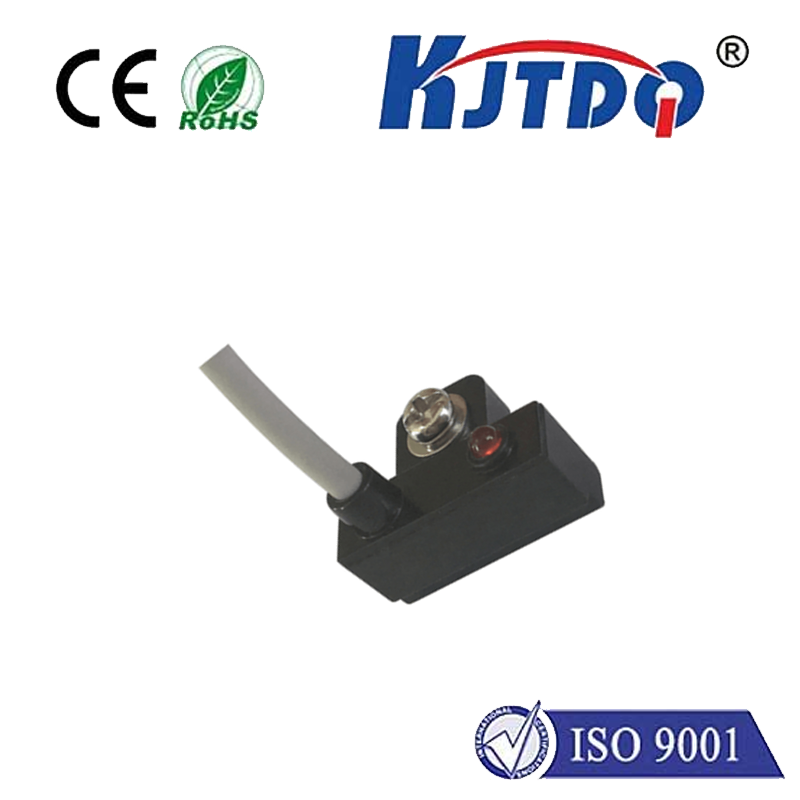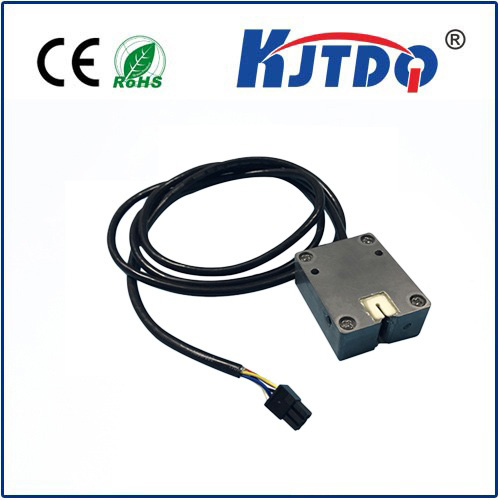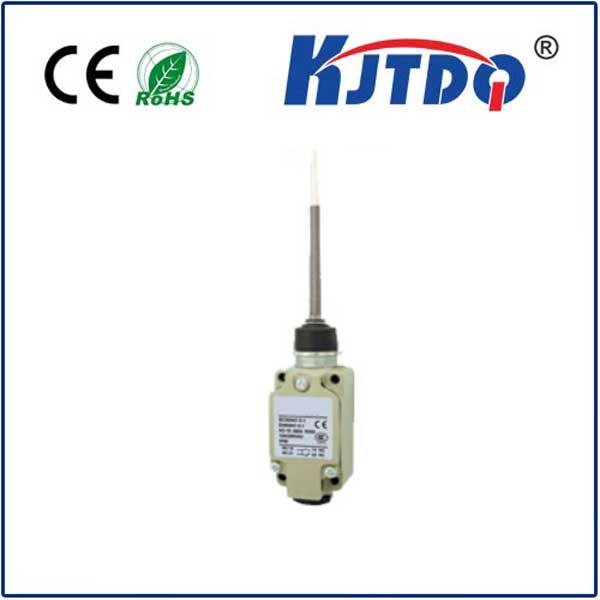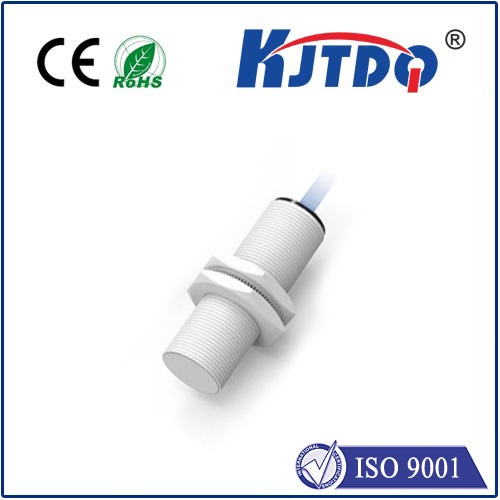
check

check

check

check
Title: Understanding LSRS Limit Switch: A Comprehensive Guide
In the world of industrial automation, safety is of utmost importance. One critical component that ensures workplace safety is the limit switch, specifically the LSRS (Load Stop Relay Switch). This device acts as a safety barrier between machinery and operators, preventing accidents caused by excessive load or malfunctioning equipment. In this article, we will delve into the working principle, installation, and maintenance of LSRS limit switches to help you better understand their role in ensuring worker safety.
Part 1: Working Principle
A limit switch is a mechanical device that triggers an electrical signal when its sensing element(s) come into contact with a predetermined threshold. The LSRS limit switch operates based on a similar principle but has two different sensing elements: the armature and the coil.
The armature is a magnetized metal piece that moves along an axle when an external force acts on it. When the armature comes into contact with the coil, which is a magnetic field, a voltage is generated across the coil, causing it to open or close an electrical circuit. The type of circuit that opens or closes depends on the design of the switch.
The main advantage of using an LSRS limit switch is its ability to detect both linear and nonlinear motion. Linear motion occurs when the machine's speed changes proportionally with load, while nonlinear motion occurs when the machine's speed changes non-proportionally with load. An LSRS limit switch can differentiate between these types of motion and respond accordingly, ensuring safe operation in any situation.
Part 2: Installation
Installing an LSRS limit switch in your industrial automation system requires careful attention to detail to ensure proper function and safety. Here are some essential steps to follow:
Step 1: Choose the appropriate limit switch for your application based on factors such as operating environment, rated voltage, current, and load capacity.
Step 2: Ensure that the wiring connections are secure and correctly aligned to prevent electrical shorts or overloads. Follow manufacturer guidelines for wiring diagrams and instructions.
Step 3: Position the limit switch on the machine or system where it will provide accurate detection of motion and load. Make sure it is easily accessible for maintenance purposes.
Step 4: Test the limit switch after installation to ensure it is functioning correctly. Use a multimeter to check the electrical output and adjust any necessary settings.
Part 3: Maintenance
Like any mechanical device, regular maintenance is crucial to ensure the reliable operation and safety of an LSRS limit switch. Here are some tips to keep your limit switch in good condition:
Step 1: Check the contacts regularly for wear, dirt build-up, or damage. Clean or replace them as needed to maintain proper functionality.
Step 2: Inspect the armature and coil for signs of damage or misalignment. Repair or replace them if necessary to prevent electrical problems.
Step 3: Test the limit switch periodically to ensure it is still providing accurate detection of motion and load. If it is not functioning correctly, repair or replace it immediately.
Conclusion:
An LSRS limit switch plays a vital role in ensuring worker safety in industrial automation systems. By understanding its working principle, proper installation, and regular maintenance practices, you can help prevent accidents caused by faulty machinery and promote safer working conditions for your employees.

